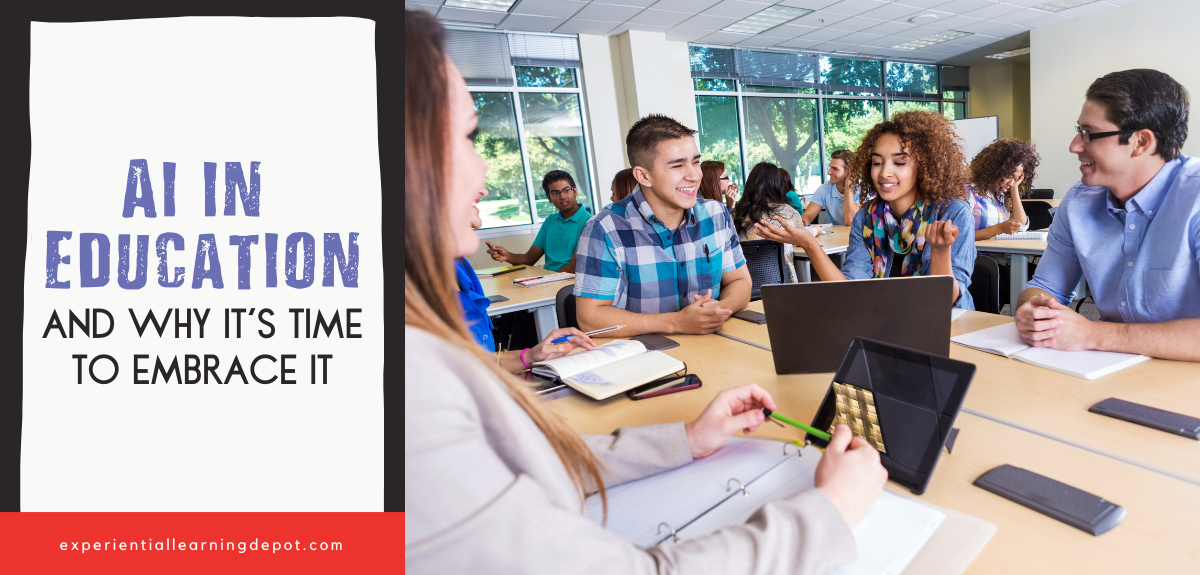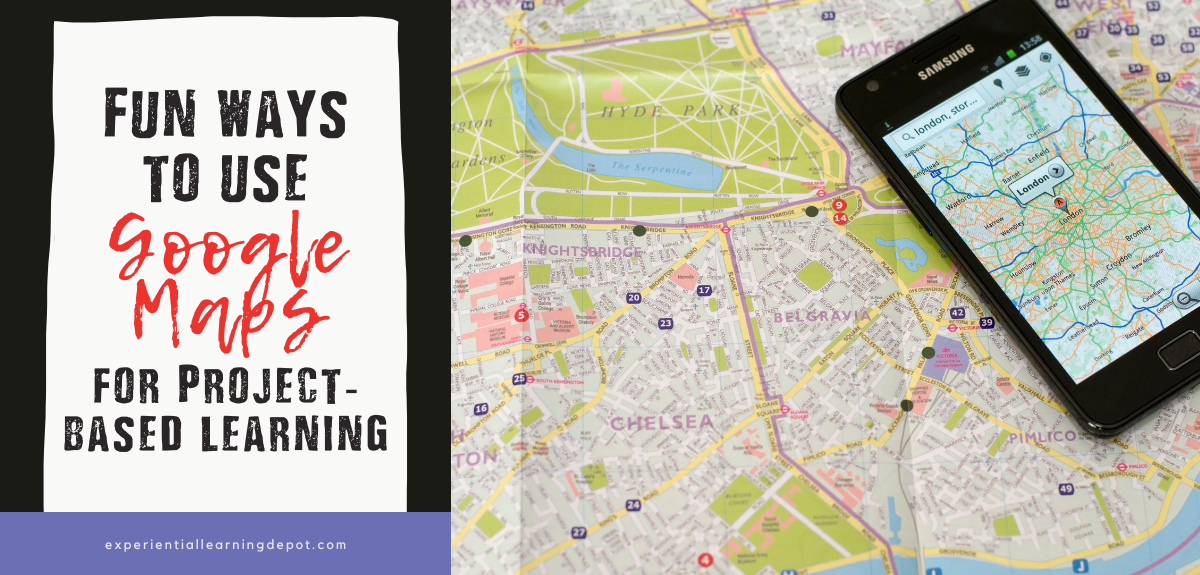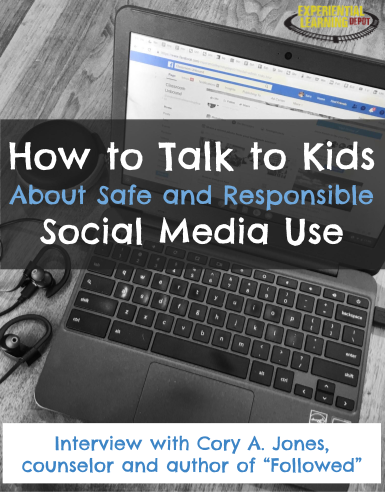|
We’ve found ourselves as teachers and parents, again, at a technological crossroads. AI is here and it’s coming on strong. You can ask yourself, as we always do when new tech starts making waves, whether you’re going to be that school, teacher, or parent that embraces the application of AI in education or tries to fight it.
I am going to encourage you, especially as the innovative educators that you are, to do the former. Let’s talk about why.
0 Comments
I am never the most tech-savvy person in the room. There is so much out there and it's always evolving. It's tough to know where to start and just when I feel I've gotten it, everything changes.
Education technology can be intimidating and time-consuming to learn. Time isn't something teachers have in abundance. But it gets easier and more user-friendly everyday, and Google Maps is one such tech that PBL students can highly benefit from.
Teachers and parents of the 21st-century have a challenge to face and the responsibility to confront that challenge. Technology is a prominent and permanent part of modern society. It is a blessing and a curse, particularly when it comes to social media and children.
We have all been faced with the need to make important decisions for our children when it comes to technology; at what age to allow them to have their first cell phone, whether to let them use social media as a research or presentation tool in class for school projects, how much time to allow them on social media each day if at all, whether to install child monitoring software to home or school computers. |
Blog IntentTo provide innovative educational resources for educators, parents, and students, that go beyond lecture and worksheets. AuthorSara Segar, experiential life-science educator and advisor, curriculum writer, and mother of two. Categories
All
|





 RSS Feed
RSS Feed